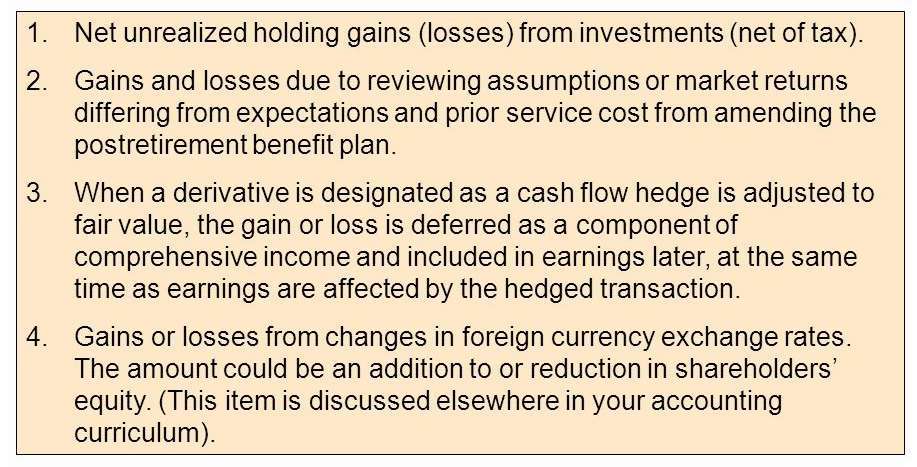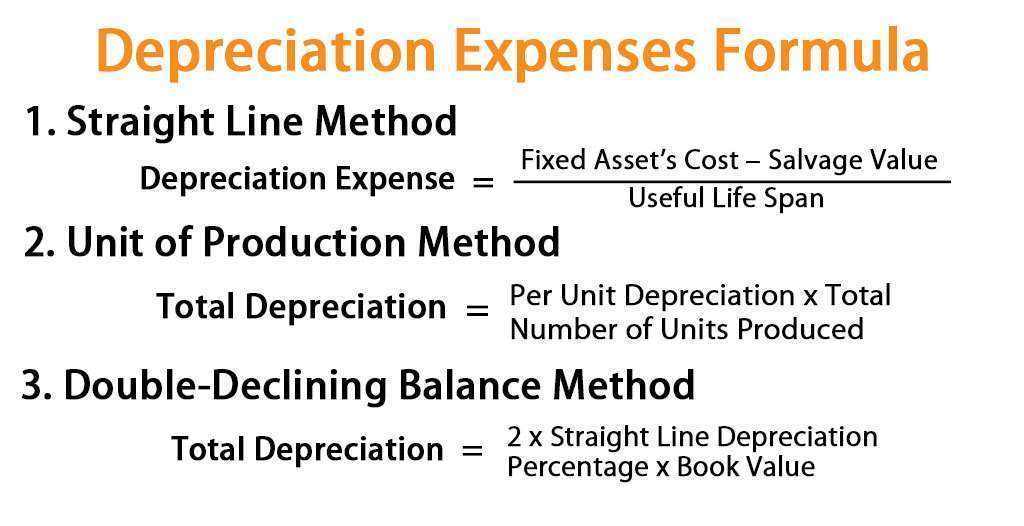Content

Thus, 20% of each sales dollar represents the variable cost of the item and 80% of the sales dollar is margin. Just as each product or service has its own contribution margin on a per unit basis, each has a unique contribution margin ratio. Gross profit is calculated by taking the total sales that the company made during the period less the total cost of goods sold that directly related to the goods sold during the period. And Net profit during the period is calculated by deducting the general and administrative expenses and tax expenses that include during the period from the company’s gross profit.
Return on Sales vs. Operating Margin: What’s the Difference? – Investopedia
Return on Sales vs. Operating Margin: What’s the Difference?.
Posted: Sat, 25 Mar 2017 18:45:16 GMT [source]
To calculate contribution margin ratio, divide the contribution margin you just found by the sales income of an individual product. This equation yields your contribution margin ratio, which gives you the percentage each product sale contributes toward the total fixed expenses that you need to cover each month. The contribution margin is basically the sales price less variable cost.
Contribution Margin Ratio: Definition, Formula, And Example
And given the importance of your product’s contribution margin, we highly recommend calculating this metric on a monthly basis. That being said, not all high contribution margin businesses are attractive.
It could be because of production design, production process, cost of raw material, or other factors based on the investigation. The contribution margin also helps management analyze its company’s margin with competitors or the market as a whole. If the company has a low margin than its competitor, then the product’s variable cost might have problems. Variable costs also live on the income statement, but they’re not as easy as net sales to find.
Constraints Of Contribution Margin Analysis
Evaluating the contribution margin ratio for a certain brand or product can help determine if it makes sense for the company to continue selling it at its current price. If the contribution margin is extremely low, there is likely not enough profit available to make it worth keeping. Eliminating low contribution margin products can positively impact a company’s overall contribution margin. One day the CEO of Retireco asks Isabel to calculate the CM of her company. Her purpose is to know variable costs, fixed costs, and finally profit are derived from sales. It also results in a contribution margin ratio of $14/$20, or 70 percent. A key characteristic of the contribution margin is that it remains fixed on a per unit basis irrespective of the number of units manufactured or sold.
- The contribution margin ratio is the difference between a company’s sales and variable costs, expressed as a percentage.
- It can also be used to forecast future profits after setting a given price per unit.
- Businesses should take their customer expectations, brand, and internal standards into account as well.
- Do these labor-saving processes change the cost structure for the company?
- However, one product may have required more units sold to equate to the same revenue.
Your contribution margins can also be assessed on a product-specific level. So if you produce a wide variety of products, calculating the contribution margin for each product will help you understand which ones are your top performers and which ones you should consider dropping. Variable costs, generally speaking, are those expenses that fluctuate from month to month, usually in direct relation to your sales. For example, if you run a dog grooming salon and have a strong month with more pups than normal stopping by, you’ll need to buy more shampoo to keep up with demand.
How To Calculate Contribution Margin
Financial modeling is performed in Excel to forecast a company’s financial performance. Our Accounting guides and resources are self-study guides to learn accounting and finance at your own pace. Rosemary Carlson is an expert in finance who writes for The Balance Small Business. She has consulted with many small businesses in all areas of finance.
- Net sales refer to the total revenue your business generates as a result of selling its goods or services.
- It represents the incremental money generated for each product/unit sold after deducting the variable portion of the firm’s costs.
- We will now show you how to calculate contribution margin with two examples.
- The following are the steps to calculate the contribution margin for your business.
- It’s also important to understand the difference between the gross margin and the contribution margin.
- Gross profit is your income or sales less cost of goods sold , which are all fixed costs .
- The contribution margin is used by management in various ways to support various decisions regarding production and pricing.
It will depend on your industry and product line as to what is deemed a satisfactory or good contribution margin. However, the closer the contribution margin is to 100%, the more funds are available to cover the fixed costs of the business and deliver a higher profit. The addition of $1 per item of variable cost lowered the contribution margin ratio by a whopping 10%. You can see how much costs can affect profits for a company, and why it is important to keep costs low. The concept of contribution margin is applicable at various levels of manufacturing, business segments and products.
Contribution Margin Formula Components
Using the aforementioned formula, find your contribution margin and then divide it by the sales income of an individual product to yield your contribution margin ratio. Essentially, the contribution margin ratio reveals the percentage of each dollar that can cover a company’s fixed expenses. Let’s dive deeper into what goes into calculating it and why it is important for your business. The division between fixed and variable costs can depend largely on your business. A consulting business with a traditional office space may consider the water bill, for example, a fixed cost. But a dog grooming business that uses water to provide their service would almost certainly consider the water bill a variable cost.

The contribution margin is computed as the selling price per unit, minus the variable cost per unit. Also known as dollar contribution per unit, the measure indicates how a particular product contributes to contribution margin ratio definition the overall profit of the company. It provides one way to show the profit potential of a particular product offered by a company and shows the portion of sales that helps to cover the company’s fixed costs.
How To Find Sales With Contribution Margin Ratio & Variable Costs
Any remaining revenue left after covering fixed costs is the profit generated. Contribution margin analysis also helps companies measure their operating leverage. Companies that sell products or services that generate higher profit with lower fixed and variable costs have very good operating leverage. The contribution margin formula is selling price per unit – variable cost per unit. This is an example of looking at the unit economics of a business to understand where revenue, expenses, and profits are coming from. Given the number of products and sales channels present today, it’s worth taking the time to understand your unit price and unit costs.
In order to perform this analysis, calculate the contribution margin per unit, then divide the fixed costs by this number and you will know how many units you have to sell to break even. However, the ink pen production will be impossible without the manufacturing machine which comes at a fixed cost of $10,000.
When it is necessary to decide whether or not to sell additional products at a lower price. Contribution margin is used to quickly determine the break-even point and may be helpful for knowing the required sales needed to achieve a target profit. The contribution margin can be expressed as the number of dollars as we have seen, but it can also be presented as a percentage. And if you want to calculate its ratios, you need to contribute to the sale. If you want to increase net income by $2000, then you would need to make about $3,333 ($2,000/60%) in sales. You can adjust the equation to reflect different individual components of your business, to provide an overall picture or to be reflected as a percentage or ratio. If you have visibility into what causes profits, you can add fields based on the decisions you need to make to drive more profits.
It is the money that goes towards covering the fixed costs of the business and the net profit of the company. In other words, it is an amount by which sales exceed the total variable costs of a business. The contribution margin is an accounting concept used in cost-volume-profit analysis to estimate the profitability of a specific product or service. It can be defined as per unit amount, total amount, ratio, or percentage. Assume your drink bottling business has $300,000 in fixed costs, which are costs that do not vary with the level of production.
The variable costs of the company, as well as its contribution margin, can be compared year to year to pick out any trends and show how the profits of the company behave over time. There are other examples of variable costs, such as labor, production supplies, shipping, commissions on sales, utilities and so on. The idea is that these costs are directly related to the product and go up and down in tandem with production levels. Variable costs will typically not be reported as a separate category on financial statements published for the public to see. To find the total variable costs, you will have to manually scan the income statement and trace them, one by one. There are companies that offer contribution margin statements separately, with the variable and fixed costs separately reported, but these are the exception rather than the rule.

On the whole, however, an increasing contribution margin usually leads to an increasing profit, as long as the business can keep its fixed costs in check. The contribution margin ratio can be used as a measure of a company’s profitability as well as a measure of how profitable a particular product line is.
The contribution margins in different product lines and departments will also help the management figure out which product lines and departments are profitable and which ones should be scrapped. Variable costs are those expenses that increase and decrease with the production volume. They are also known as direct costs, and can be directly traced to the production process. Your cost of raw materials will, therefore, go up with an increase in production levels. On the other hand, if you cut production down, you will need less raw materials and your cost of raw materials will go down as a result. Isabel now knows that 85% of sales can move on to cover fixed costs or become company profits. Therefore, she can provide this information to the Retireco CEO with suggestions for how to best use this money for these purposes.

To illustrate how this form of income statement can be used, contribution margin income statements for Hicks Manufacturing are shown for the months of April and May. For example, assume that the students are going to lease vans from their university’s motor pool to drive to their conference. A university van will hold eight passengers, at a cost of $200 per van. If they send one to eight participants, the fixed cost for the van would be $200. If they send nine to sixteen students, the fixed cost would be $400 because they will need two vans. We would consider the relevant range to be between one and eight passengers, and the fixed cost in this range would be $200.
It represents the incremental money generated for each product/unit sold after deducting the variable portion of the firm’s costs. In May, 750 of the Blue Jay models were sold as shown on the contribution margin income statement. When comparing the two statements, take note of what changed and what remained the same from April to May. For every unit sold, the business will earn $720 of contribution margin, which is 36% of their sales price of $2,000. Contribution margin , also called unit contribution margin , is an important accounting metric that highlights the profitability of a single sale.
What is contribution margin and why is it important?
Companies calculate contribution margins for a single product, multiple groups of products or for their entire product line. A contribution margin is important because it shows how much money is available to pay the fixed costs such as rent and utilities, that must be paid even when production or output is zero.
Do these labor-saving processes change the cost structure for the company? When all of these amounts are added together, your total contribution margin for the hotel is $1,450,000. The contribution margin allows for all of the fixed costs to be paid, including the hotel mortgage, administrative expenses and payroll, debt payments, and other expenses. Because these expenses are substantial, $1,200,000 of the contribution margin is needed to meet these obligations. The contribution margin is a very important number in a company’s financial reporting.
Find out more about this common financial analysis tool with our handy guide. Typically, low contribution margins are prevalent in the labor-intensive service sector while high contribution margins are prevalent in the capital-intensive industrial sector.
Author: Michael Cohn
